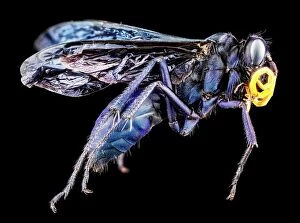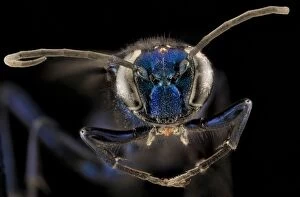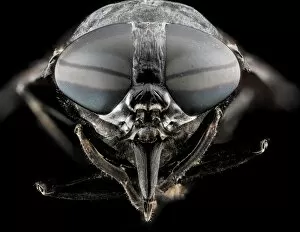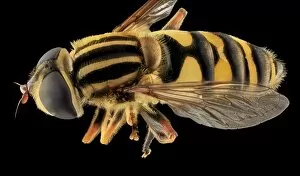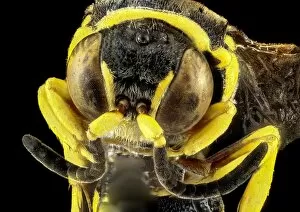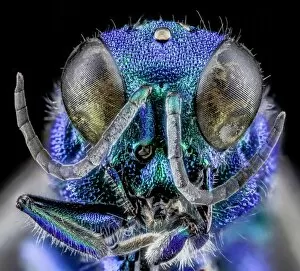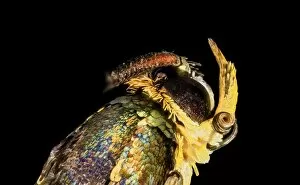Photostacking Collection
"Photostacking: A Macro World Unveiled" Step into the mesmerizing world of photostacking, where intricate details of nature's tiny creatures are unveiled
All Professionally Made to Order for Quick Shipping
"Photostacking: A Macro World Unveiled" Step into the mesmerizing world of photostacking, where intricate details of nature's tiny creatures are unveiled. Through this technique, photographers capture multiple images at different focal points and merge them together to create a stunning composite that showcases every minute feature. In one frame, witness the captivating Pompilid spider wasp (C018 / 4316) as it delicately weaves its web. Zoom in further to marvel at the intricate patterns on a male bee's head (C018 / 3568), revealing nature's artistry up close. The female bumblebee (Bombus auricomas C018 / 3579) buzzes with vibrant energy as she collects pollen from flower to flower. Meanwhile, a Darkling beetle (C018 / 3565) scuttles across the forest floor, its glossy exoskeleton reflecting light like a miniature jewel. Observe the gracefulness of a female blue mud dauber wasp (C018 / 4313), meticulously constructing her nest. Nearby, a jumping spider (C018 / 4312) leaps through the air with astonishing agility. A black horse fly (C018 / 4697) hovers menacingly before taking flight while an industrious female sweat bee diligently carries pollen on her head (C018/3573). Delicate yet resilient planthoppers (CO18/4803) cling onto leaves as they blend seamlessly with their surroundings. Hoverflies (CO18/4696), resembling miniature helicopters in mid-air suspension, showcase their iridescent beauty. The steel-blue cricket hunter wasp (CO18/4314), armed with formidable jaws and piercing eyes hunts for prey fearlessly amidst tall grasses. Lastly, meet Hoplisoides xerophilus (CO18/4319), an enigmatic wasp whose presence is both intriguing and mysterious.

